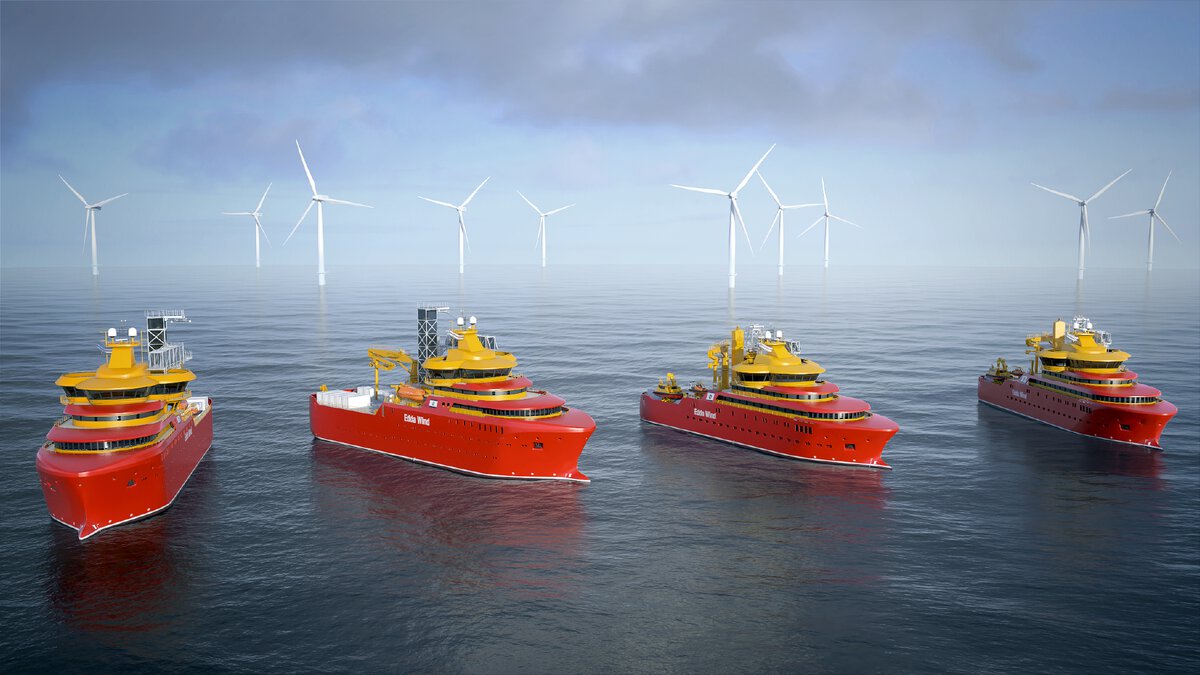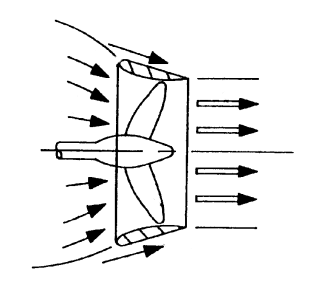Colin Parkinson
Army.ca Myth
- Reaction score
- 11,934
- Points
- 1,160
Steel cutting on new Navy tugs

https://twitter.com/CanadianForces/status/1309195208450609156
Some background
https://ral.ca/2019/06/25/robert-allan-ltd-to-design-new-tugs-for-the-canadian-navy/
Details of the selected NLT design include:
Length overall: 24.4 m
Beam, moulded: 11.25 m
Draft: 5.10 m
Bollard Pull: 60 T
Speed: 12 knots
Crew: 6

https://twitter.com/CanadianForces/status/1309195208450609156
Some background
https://ral.ca/2019/06/25/robert-allan-ltd-to-design-new-tugs-for-the-canadian-navy/
Details of the selected NLT design include:
Length overall: 24.4 m
Beam, moulded: 11.25 m
Draft: 5.10 m
Bollard Pull: 60 T
Speed: 12 knots
Crew: 6




